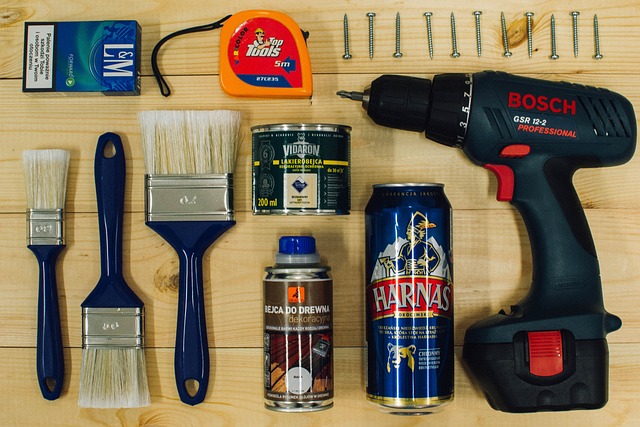DIY Home Improvement: A Comprehensive Guide
Embarking on a DIY home improvement project can be an exciting and rewarding experience. Not only can it save you money, but it also allows you to personalize your space and develop new skills. In this blog post, we will explore the world of DIY home improvement, covering the basics, popular projects, and essential tips to get you started.
Getting Started with DIY Home Improvement
Before beginning any DIY project, it’s essential to assess your skills, budget, and goals. Consider what you want to achieve and what you’re willing to invest in terms of time and money. Make a list of the necessary tools and materials, and ensure you have a clear understanding of the project’s requirements. Researching online tutorials, watching videos, and seeking advice from experienced DIYers can also help you prepare and build confidence.
Popular DIY Home Improvement Projects
There are countless DIY home improvement projects to choose from, depending on your interests and needs. Some popular options include:
- Painting and decorating: Give your walls a fresh coat of paint, or try your hand at wallpapering or tile work.
- Kitchen and bathroom renovations: Update your cabinets, countertops, and fixtures to create a modern and functional space.
- Flooring and tile work: Install new hardwood floors, laminate, or tile to enhance the look and feel of your home.
- Outdoor and landscaping projects: Build a deck, create a garden, or install outdoor lighting to expand your living space.
- Energy-efficient upgrades: Install solar panels, replace old windows, or add insulation to reduce your energy consumption and save money.
Essential DIY Home Improvement Tools
Having the right tools can make all the difference in the success of your DIY project. Some essential items to consider include:
- Hammer and tape measure: Basic tools for any DIY project.
- Drill and drill bits: For drilling holes and driving screws.
- Saw and sandpaper: For cutting and smoothing wood and other materials.
- Level and stud finder: For ensuring accurate measurements and locating wall studs.
- Paintbrushes and rollers: For painting and finishing surfaces.
Tips and Safety Precautions
While DIY home improvement can be a fun and rewarding experience, it’s crucial to prioritize safety and take necessary precautions. Always:
- Follow instructions and manufacturer guidelines.
- Wear protective gear, such as gloves, safety glasses, and a dust mask.
- Use proper lifting techniques to avoid injury.
- Keep children and pets away from the work area.
- Be mindful of electrical and plumbing systems, and seek professional help if needed.
Conclusion
DIY home improvement offers a world of possibilities for transforming your space and developing new skills. By assessing your abilities, choosing the right projects, and following essential tips and safety precautions, you can achieve professional-looking results and enjoy the satisfaction of a job well done. Whether you’re a seasoned DIYer or just starting out, remember to have fun, be patient, and always be willing to learn and adapt.



